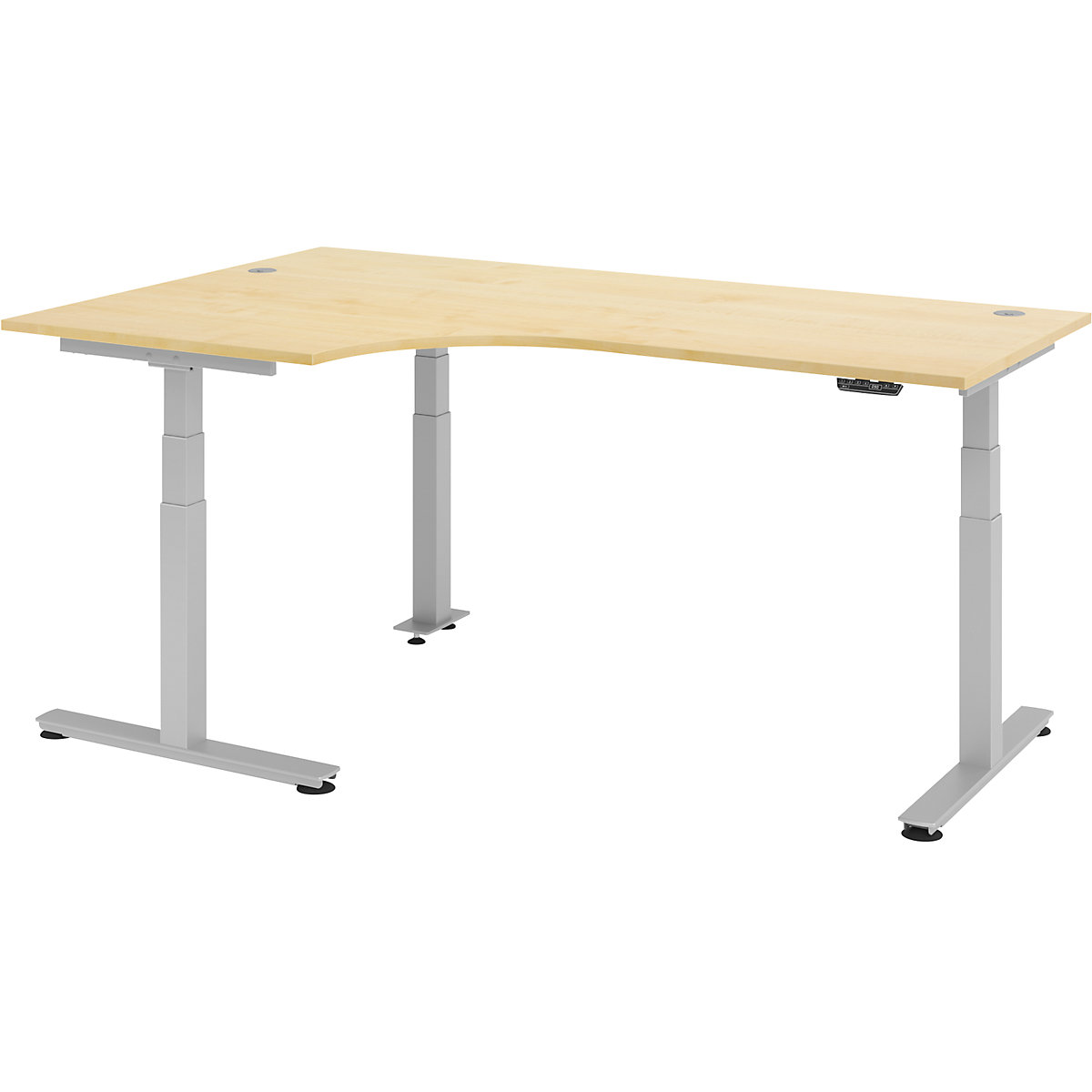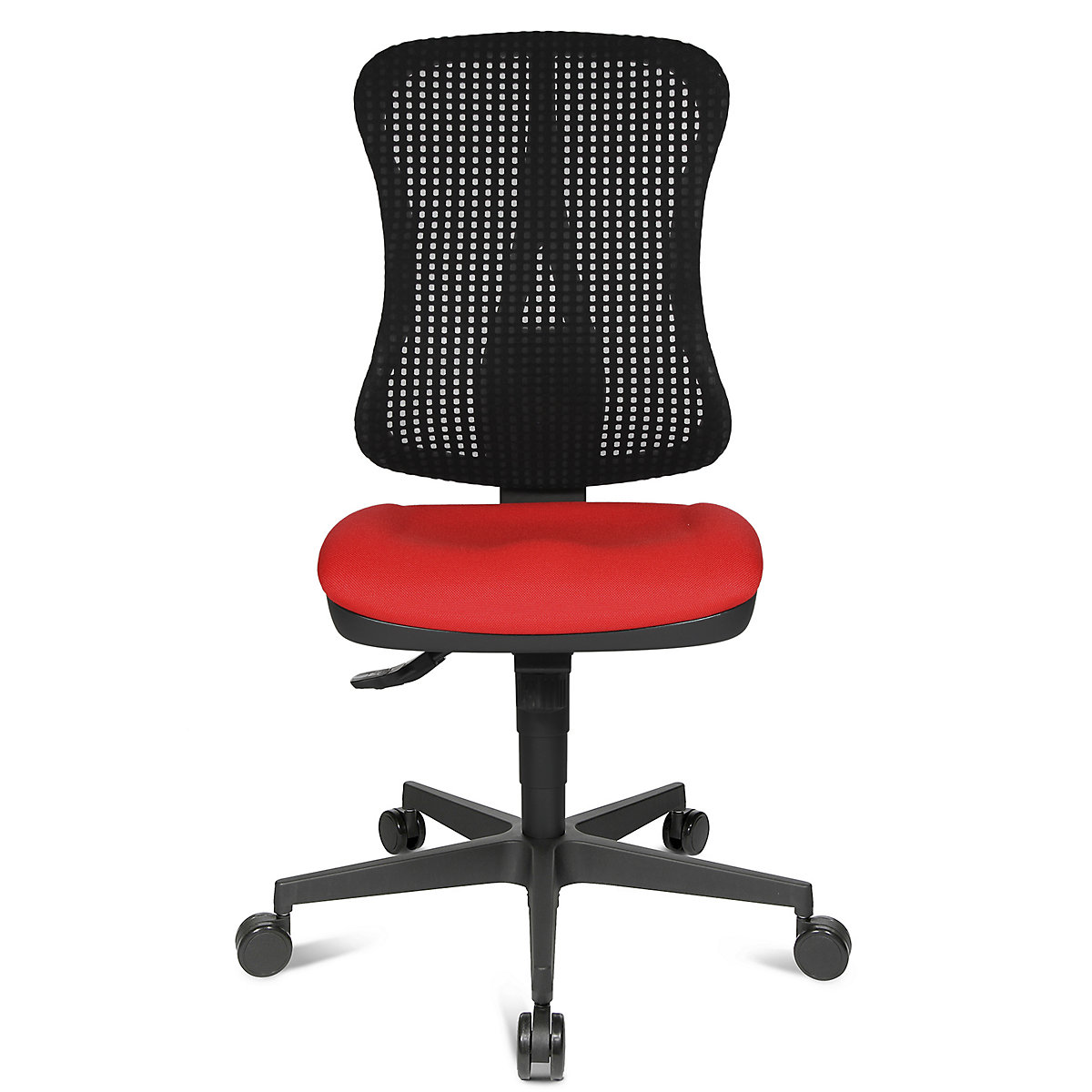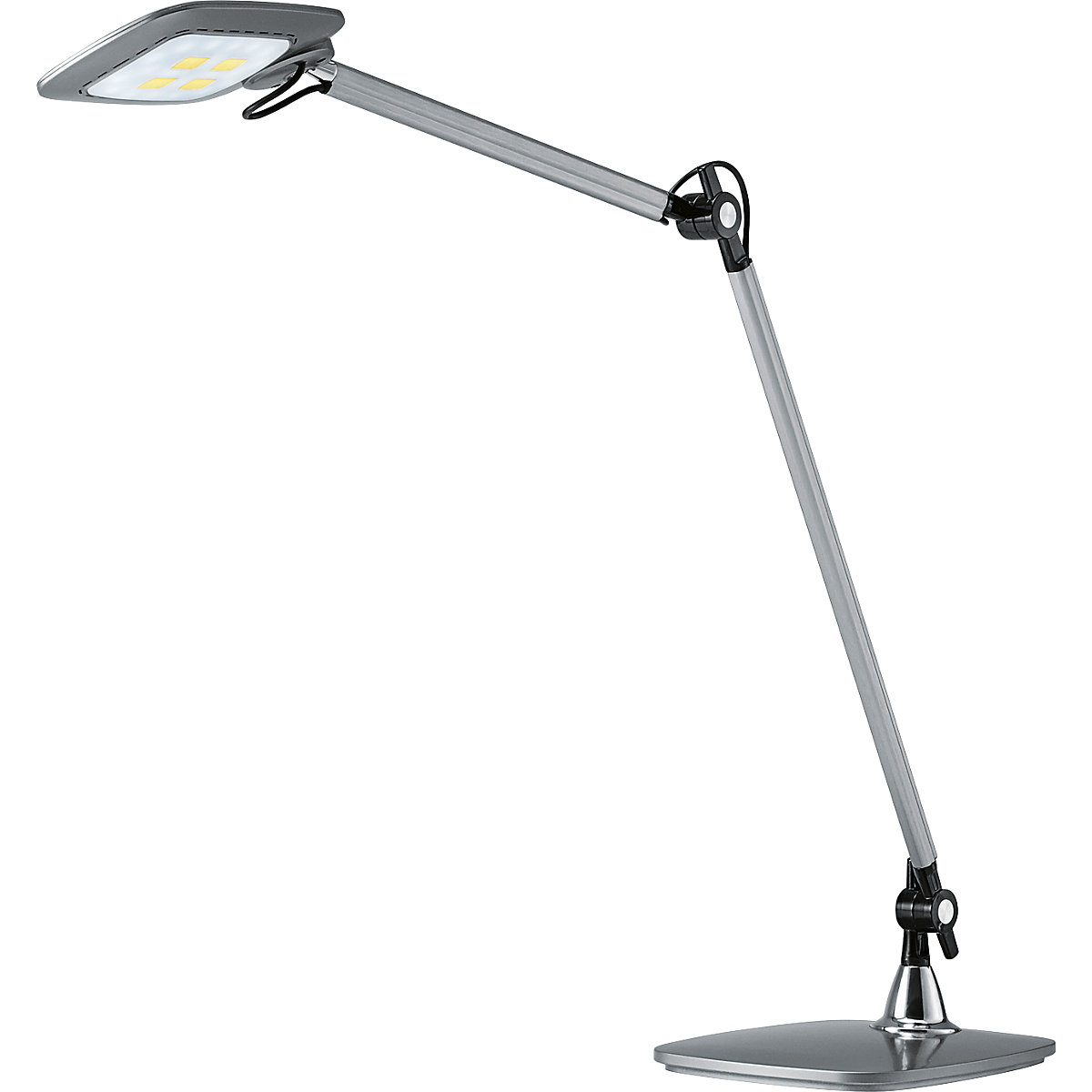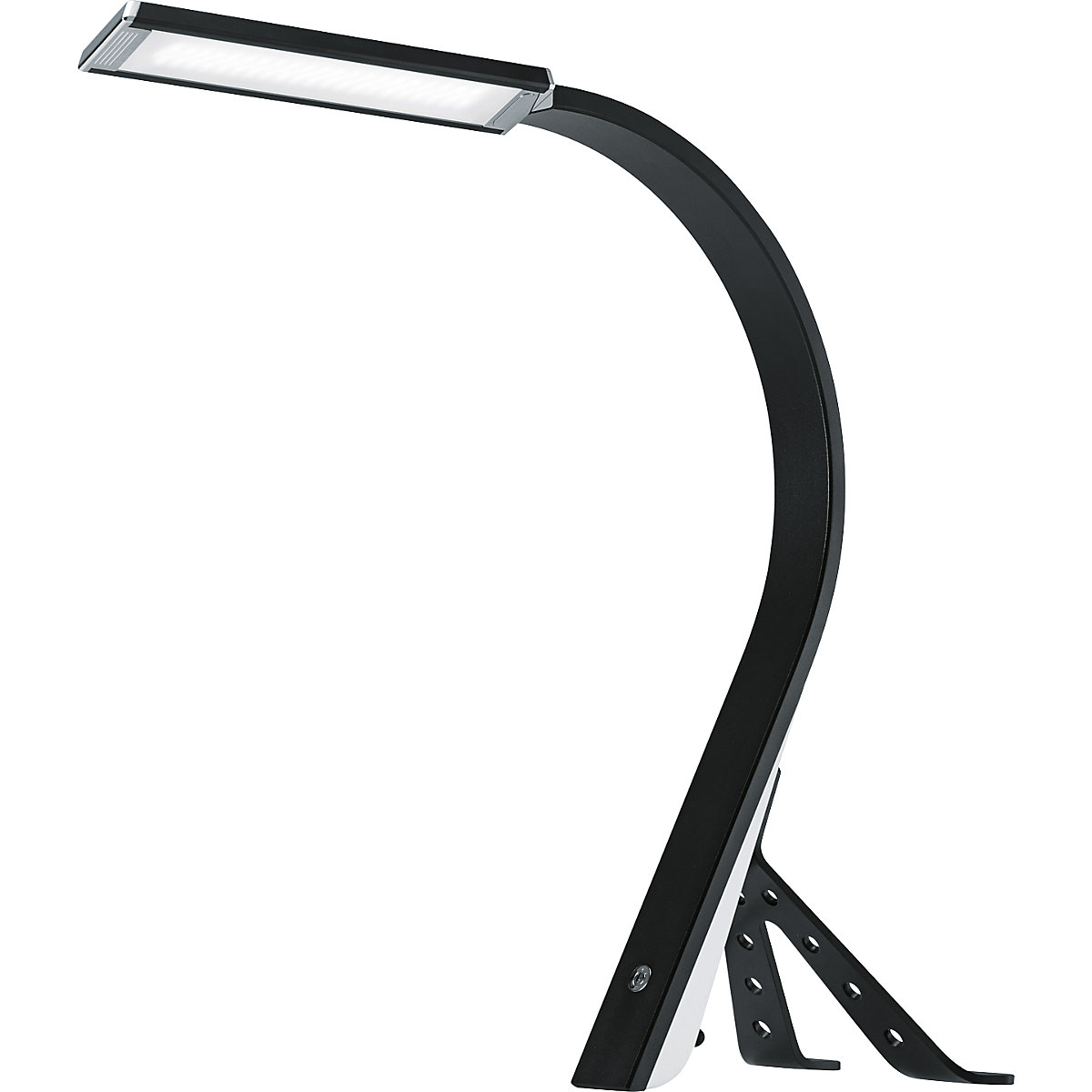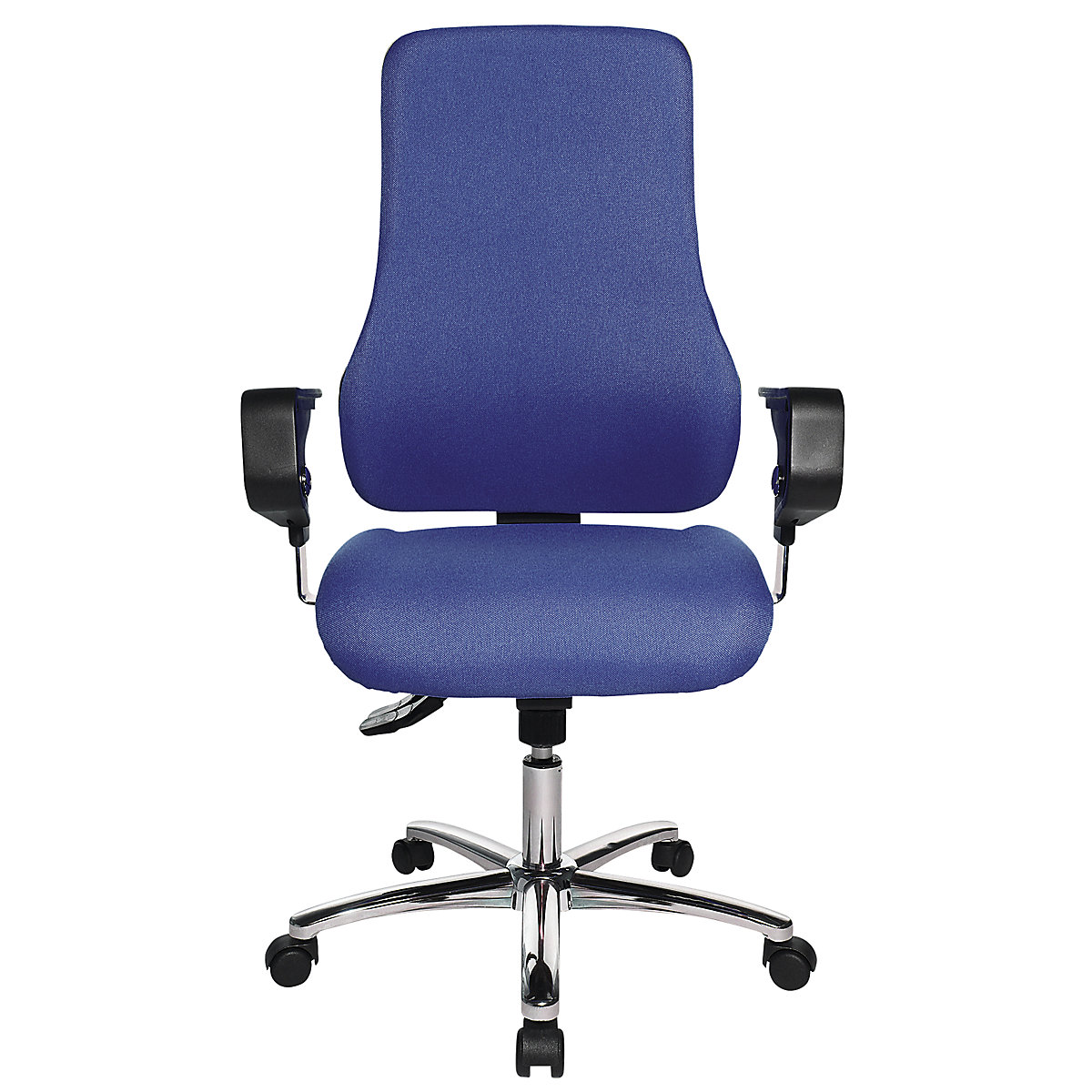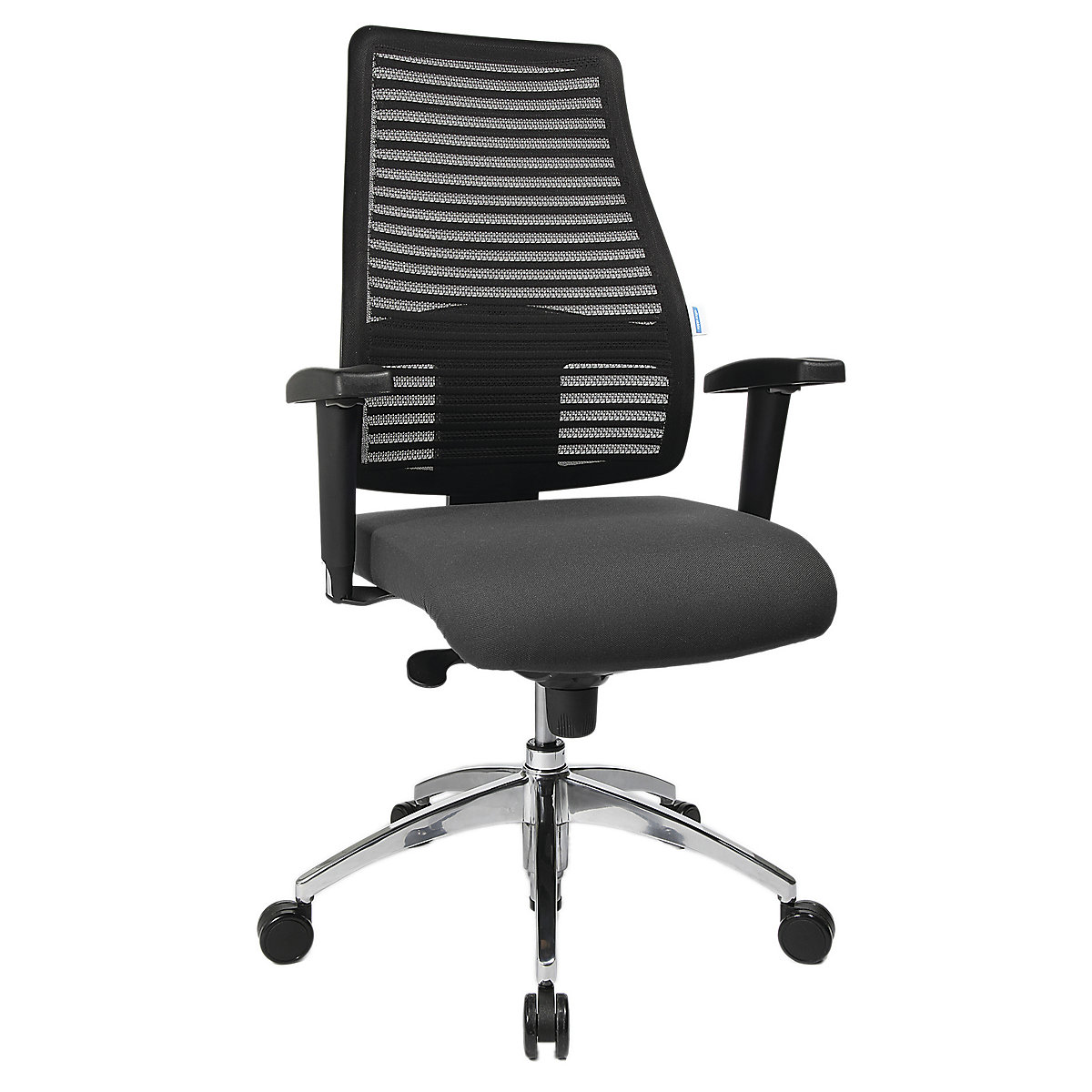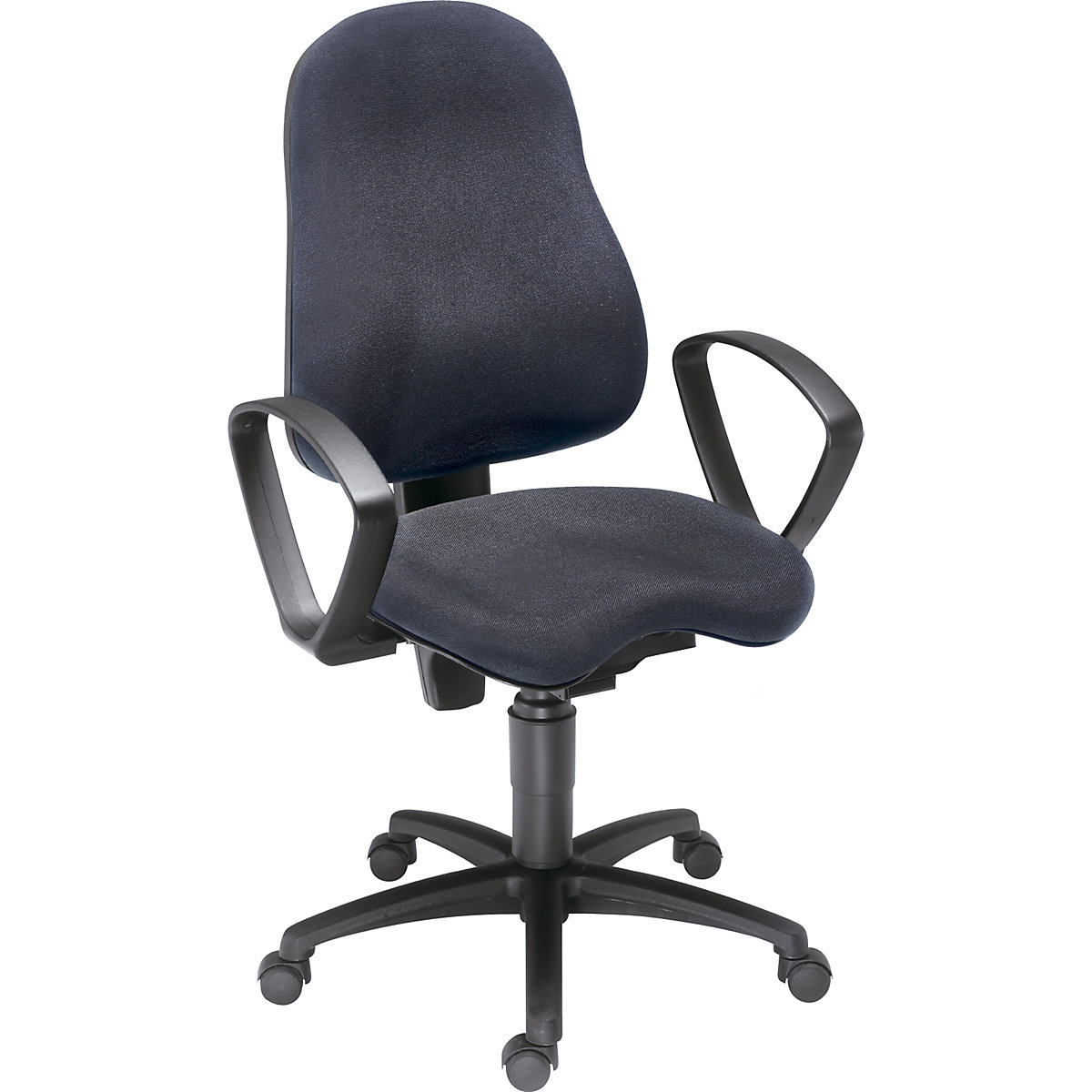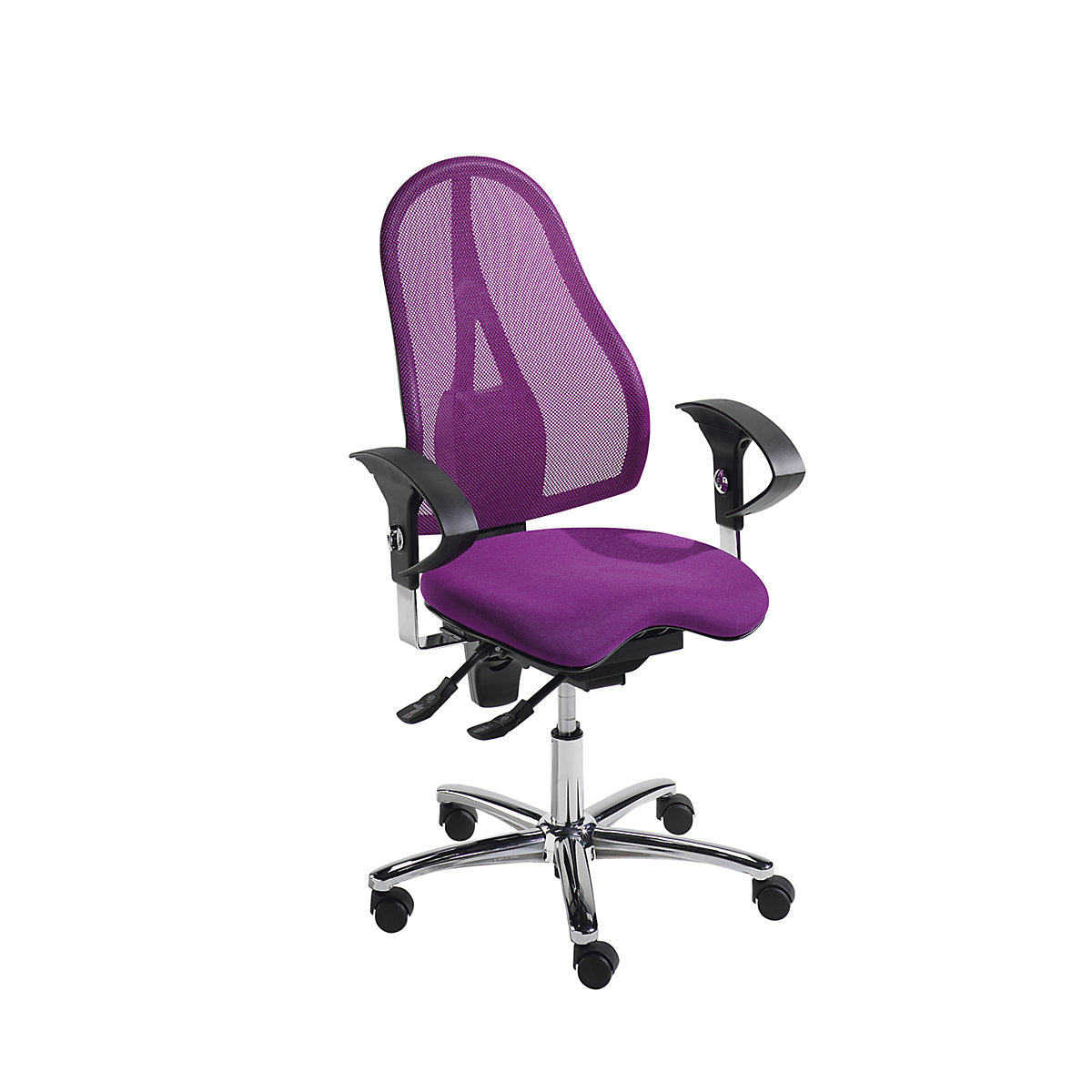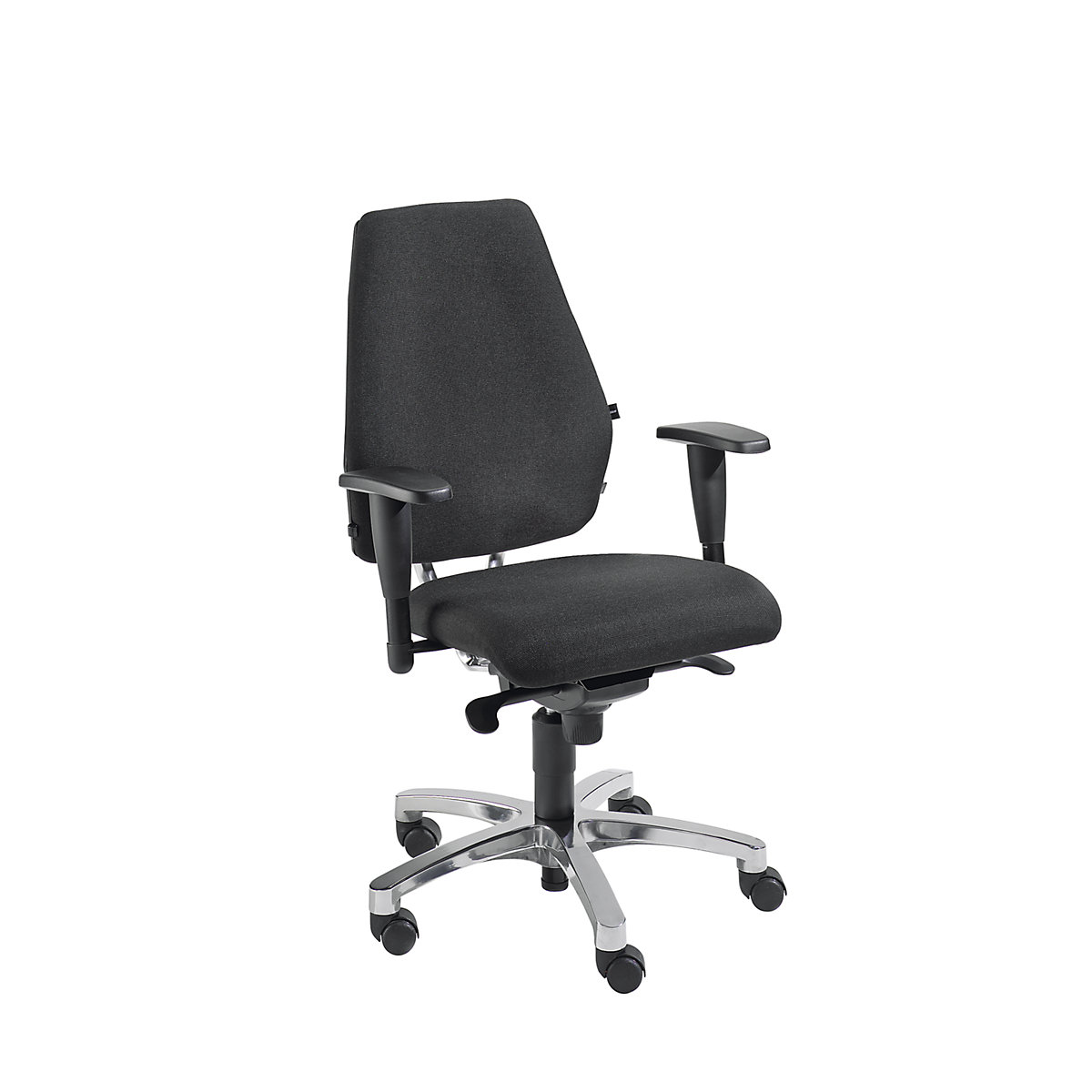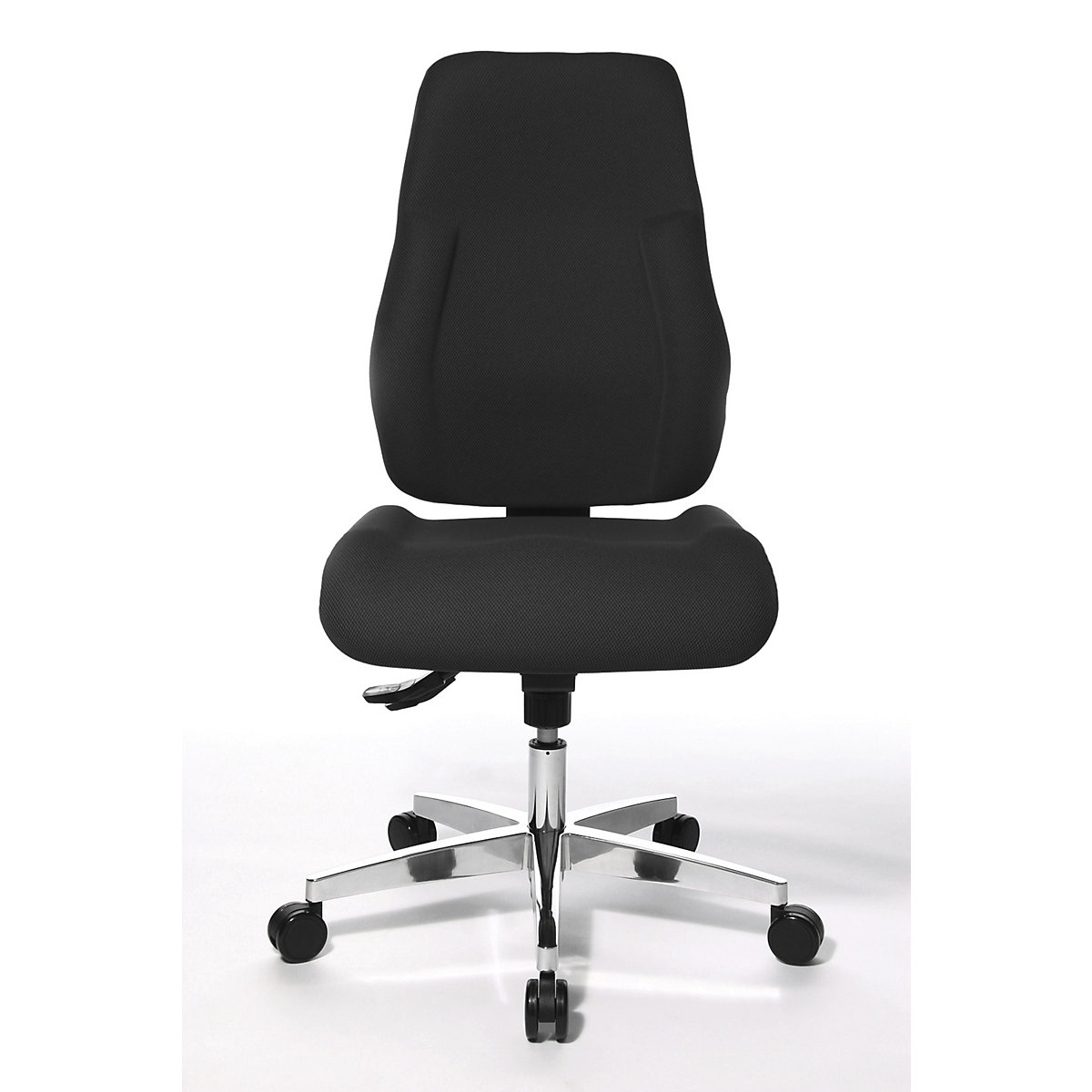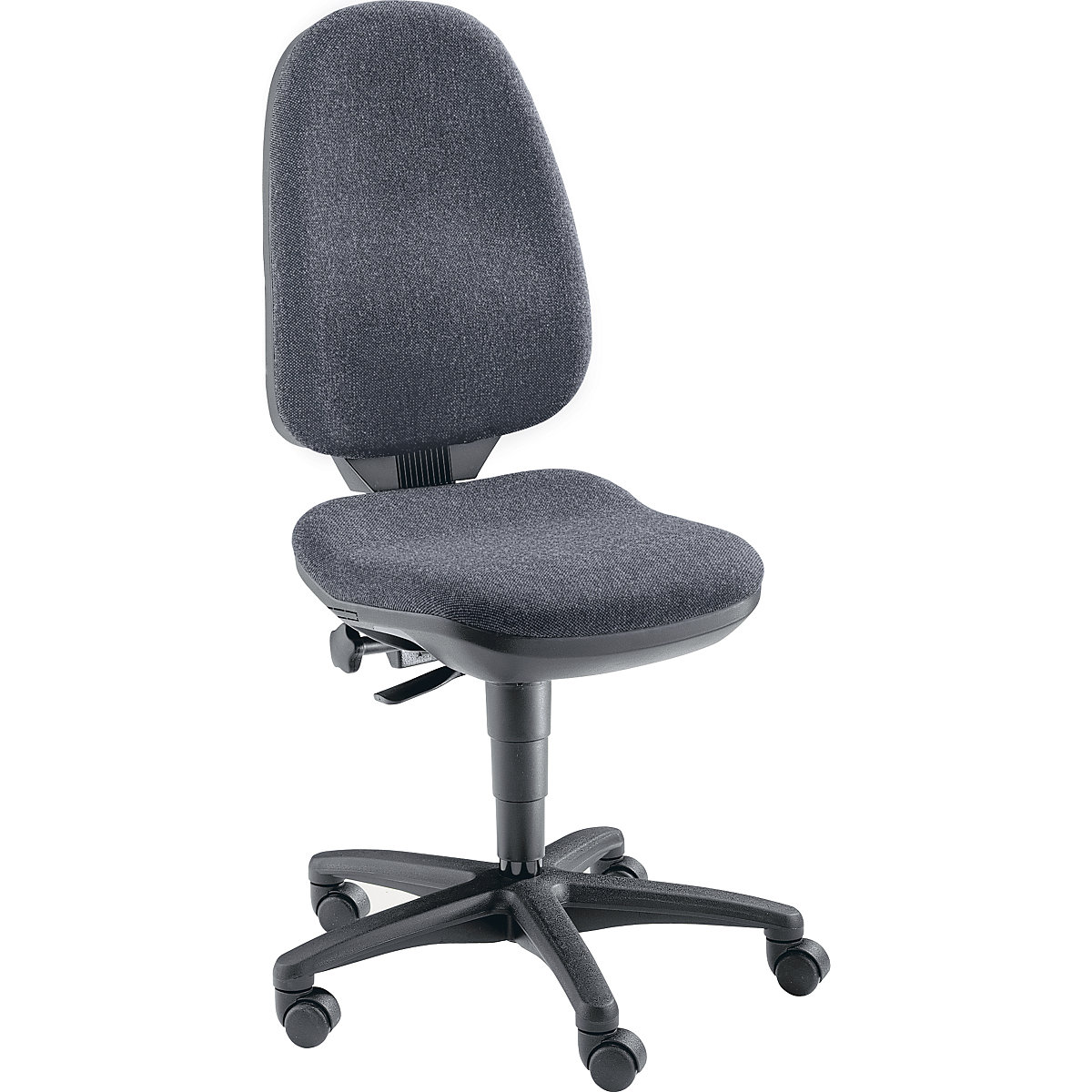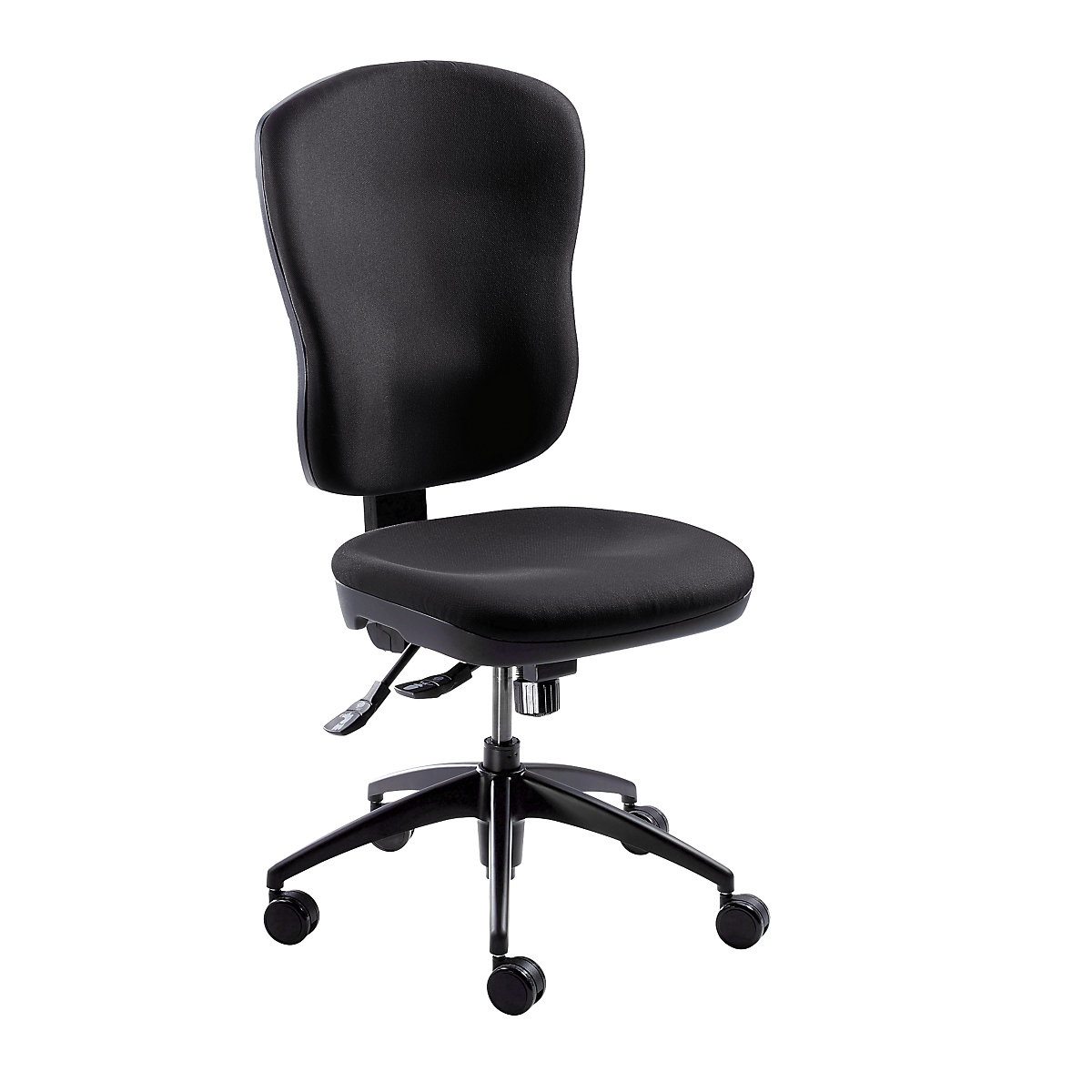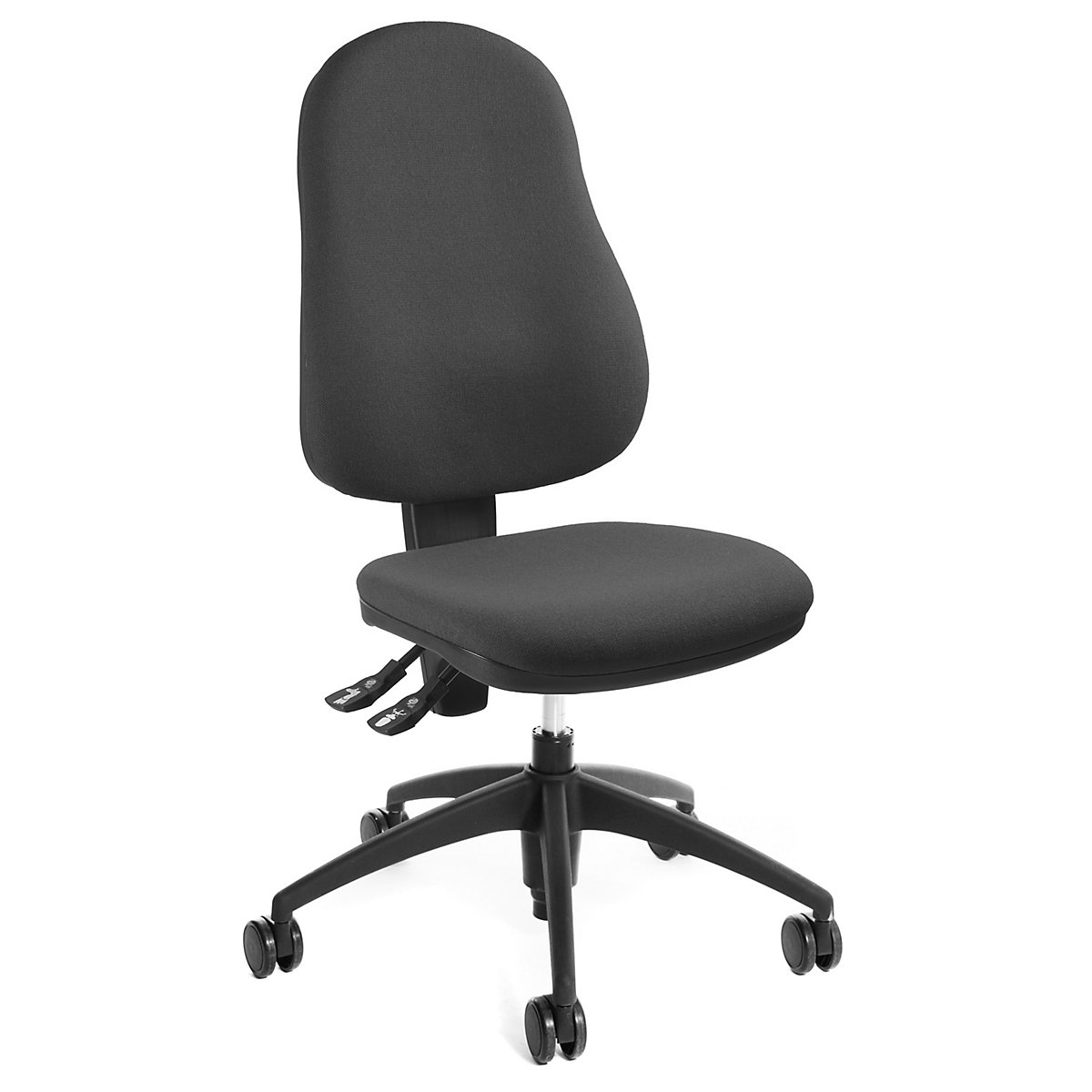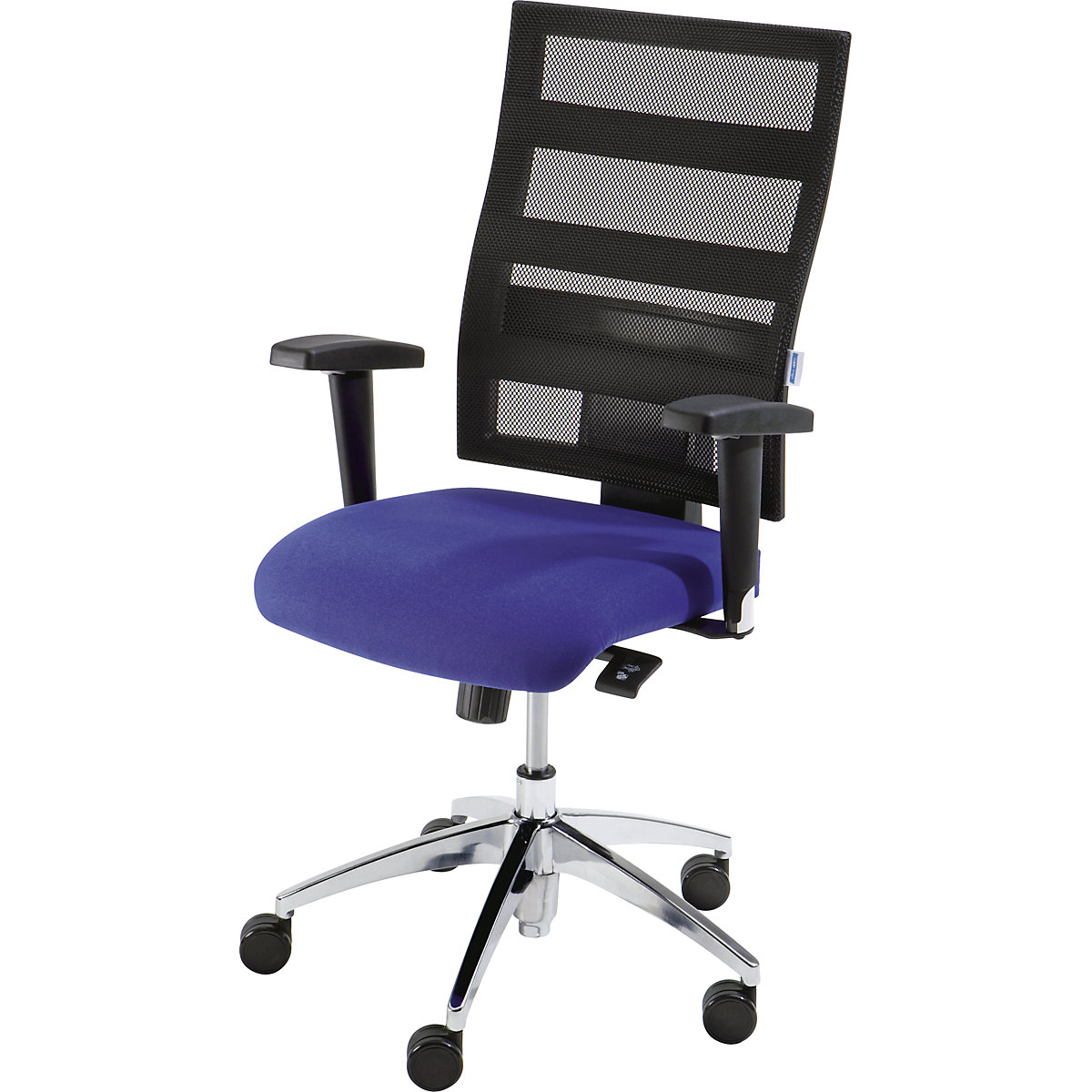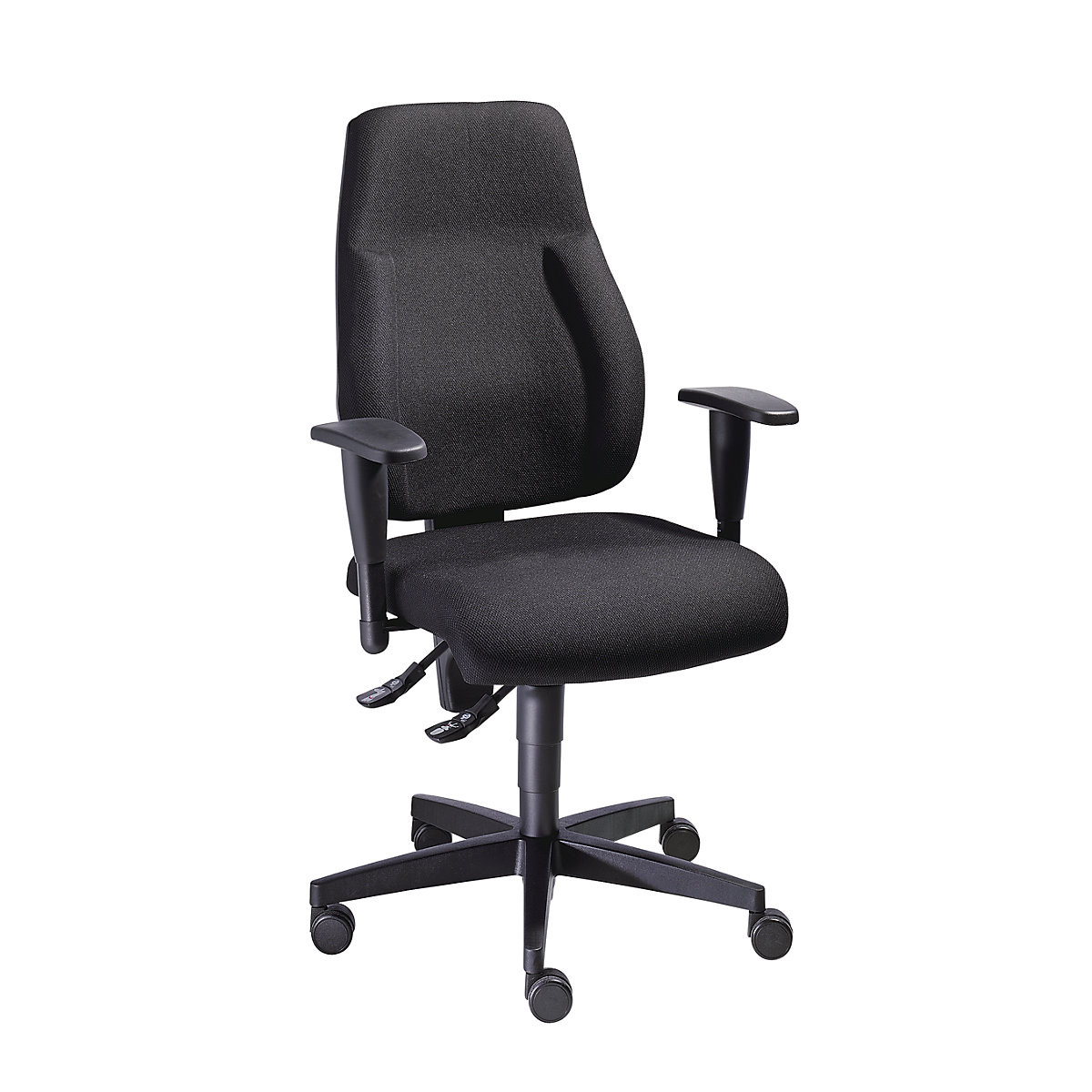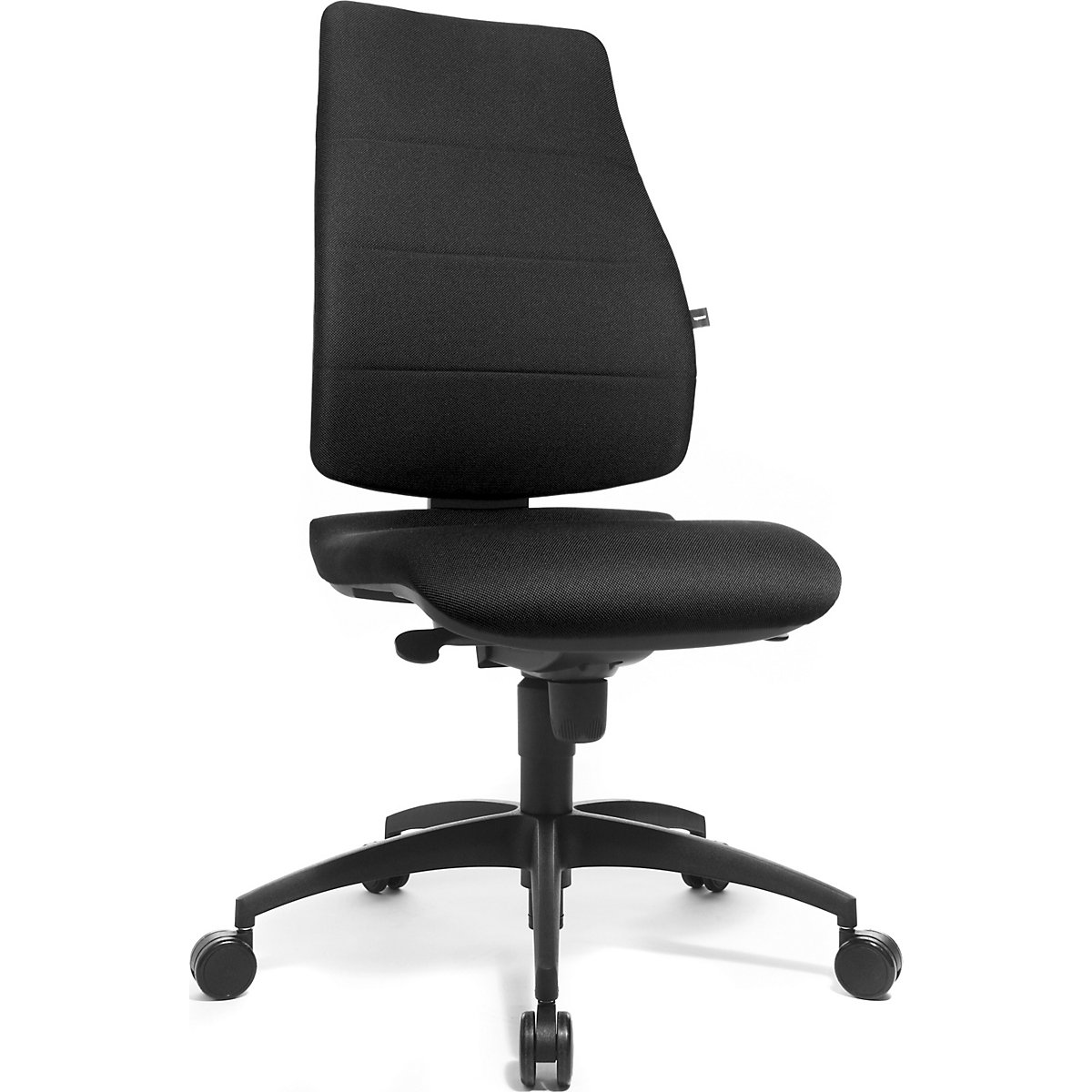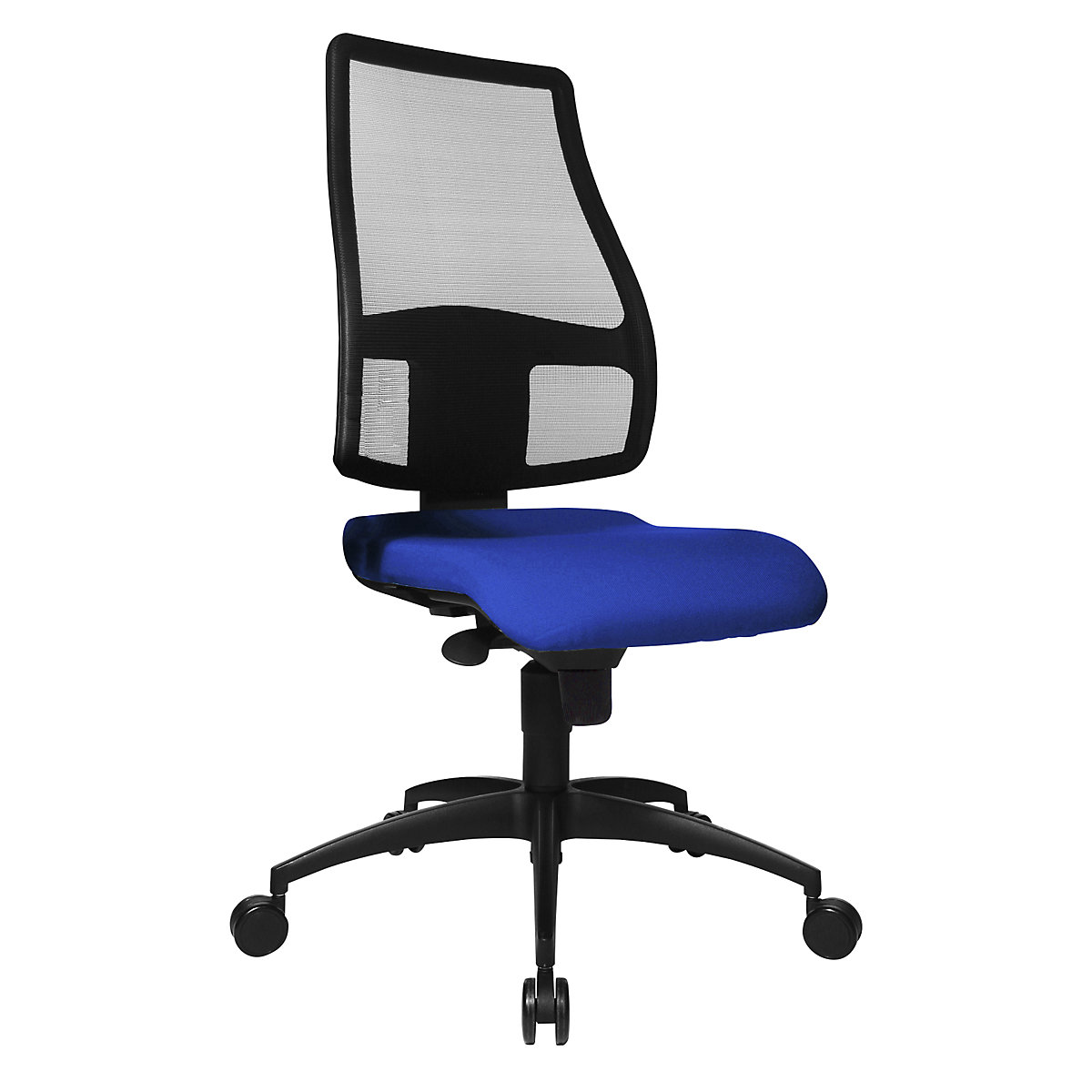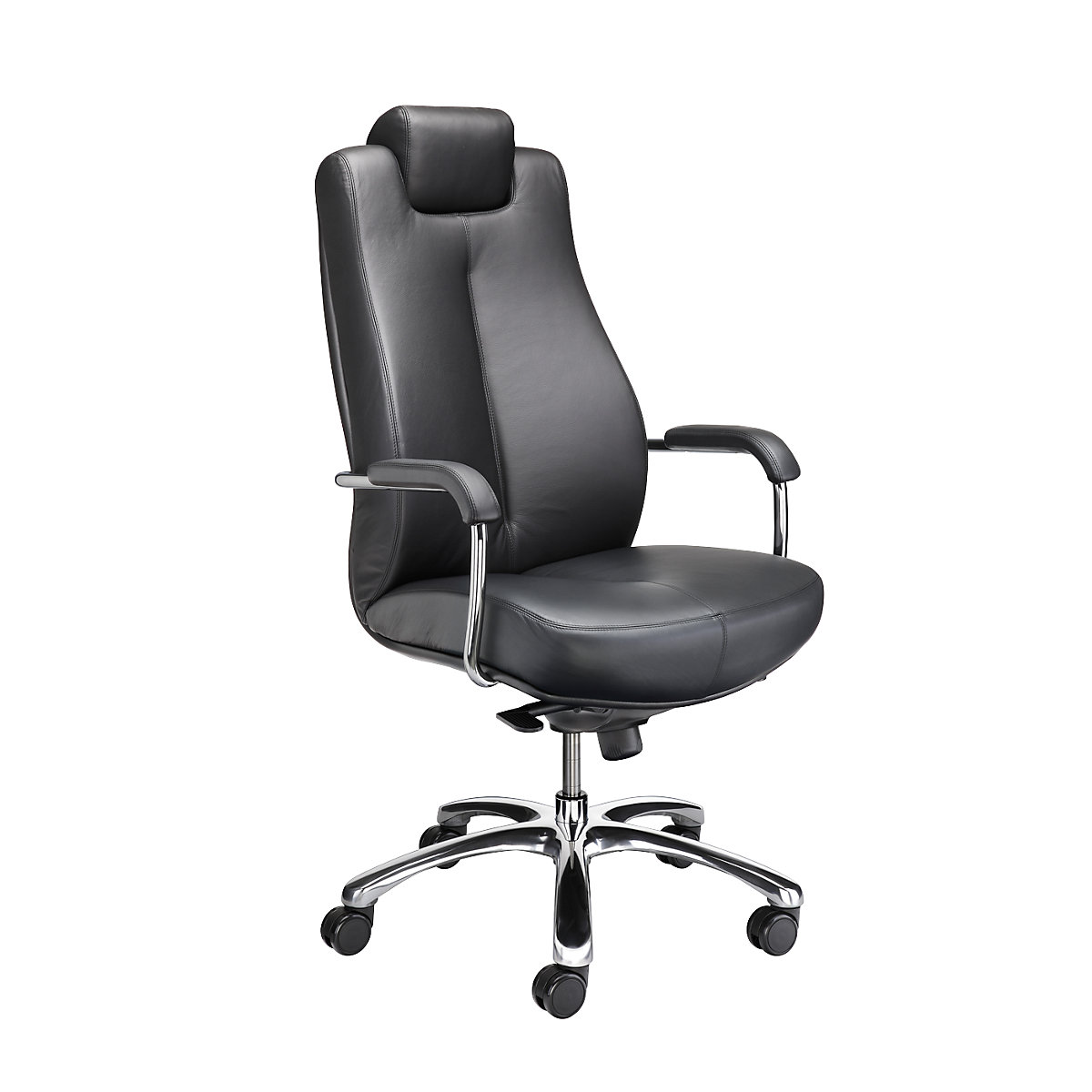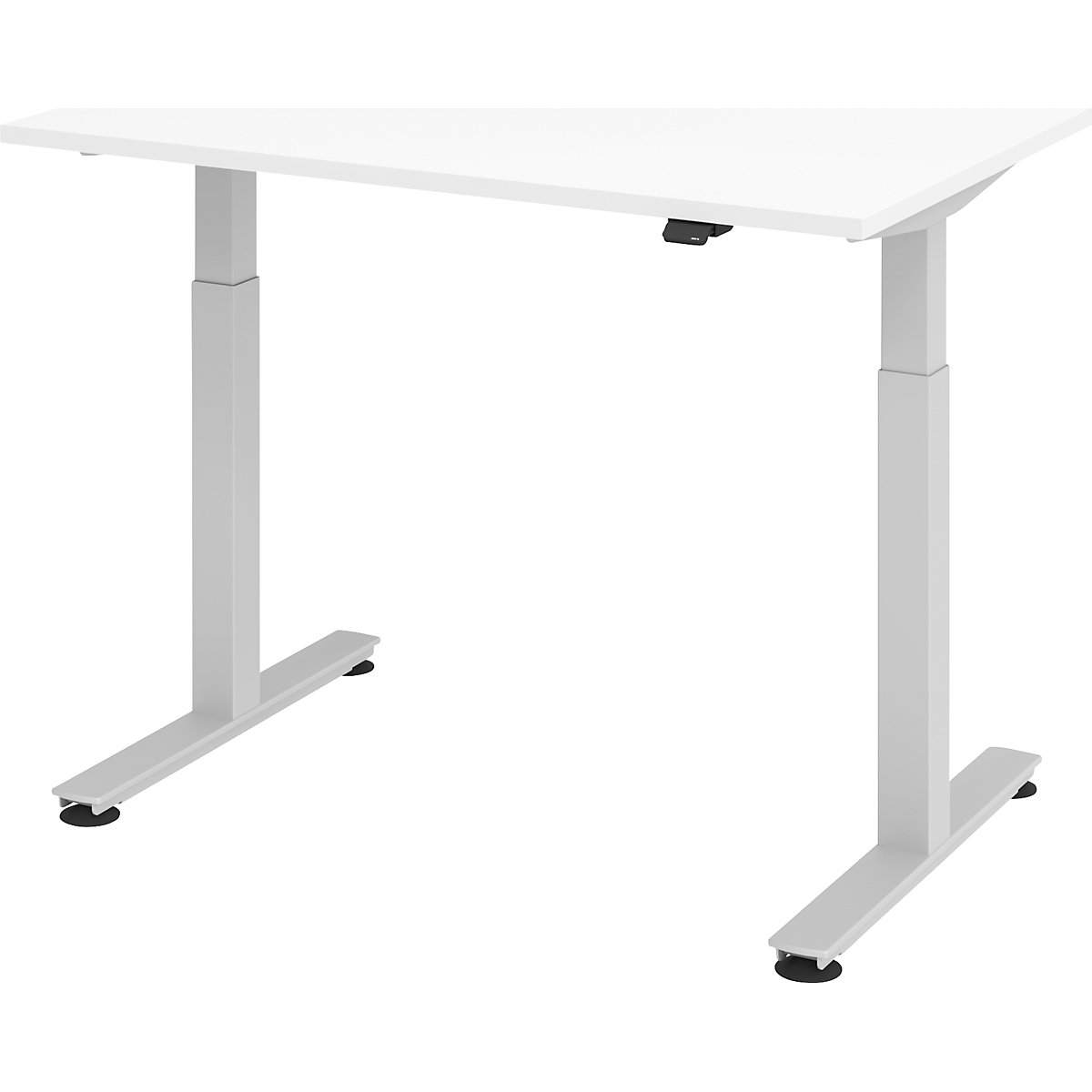Guidelines for workstation equipment
Is your monitor workstation at the proper working height? Is your work surface large enough? Are the surfaces free of distracting reflections? Do the tables provide adequate legroom? The basics of equipping workplaces: this is how to make work healthier and more effective.
Modern office equipment guarantees health protection
It is in everyone's interest to protect their health, it is also a company concern of the highest priority. Sickness and the resulting downtime lead to increased business costs. A recent European study reported that sick days per member in 1999 amounted to 16 work days on average.
More than a quarter (27.2 %) of all the downtime results from muscle and skeletal illnesses, such as those typical in the office. These figures demonstrate that health protection is absolutely necessary in the office because office work is connected with high mental stress. Ergonomic and workforce oriented workstation and room planning come into effect here to reduce the strain on people. An initiative that is supported by the applicable rules and regulations for workstation design in the office.

Here are just a few important examples:
- Sitting in static body postures strains musculature and the spine. Ergonomic, well formed work chairs support "dynamic sitting behaviour" and reduce the serious consequences on health and work quality.
- Incorrect working heights lead to tensed postures. Variable height workstations enable everyone to find an optimum sitting posture.
- Lack of movement impairs physical and mental dynamics, it reduces muscle activity and blood circulation and endangers the elasticity of the spinal discs. Workstations that encourage movement prevent sickness costs and consequential costs. A part of this is also sufficient area for movement both at the workstation and in the room.
- Direct and reflected glare when working in front of computer screen endangers people's sight. A glare-free screen arrangement is therefore mandatory.
- Insufficient or incorrect room lighting has similar consequences. This needs to be adapted to the type of work and the workstation arrangement.
- Visual and acoustic disturbances impair concentration and are "pre-programmed" sources of error. Acoustically effective wall systems "defuse" even large rooms.

High-performance office systems provide many opportunities to maintain and encourage human output. They ensure preventative protection of health, encourage employees' motivation and commitment and reduce sickness and consequential costs.
The HSE has developed a handy guideline on the way workstations should look. Ergonomic and technical office findings support and substantiate these rules and regulations in their most important details.
Important rules for arranging the workstation
Support - don't impede
- Binding rules for work surface area 1.28 m²:
- Single surface workstations = 1600 mm wide x 800 mm deep (at every point)
- Combinations 1.28 m² in total, 800 mm deep (at every point)
- Exception: Workstations with low work space requirements are allowed to be reduced to 1200 mm wide.
- Working height is not the same as table height. The individual working height is specific to each person.
- The maximum working height should not exceed 750 mm
- Height adjustable workstations must have an adjustment range of at least 680 to 760 mm
- The working heights for manual and monitor activities must be the same, the height difference needs to be compensated for by lowering the work surface
Movement yes, risk no!
Free movement area at the "personally assigned workstation" is at least 1.5 m², at no place can this be less than 1 m, wide and 1 m deep. No interference or superimposition by other surfaces except for if the access to the personally assigned workstation and the functional surfaces of furniture in the workstation provided these do not produce places where shearing, pinching or bumping may occur.
Leg room - freedom of movement
Free, unimpaired leg room at the workstation must be at least 600 mm wide and 650 mm (690 mm is better) high. Workstations and room arranged for continuous change of posture - for sitting, standing and moving.
Arrangement of monitor workstations
Select the type of workstation according to the activity:
- For monitor work only - single-surface workstations
- For combined work - single or multi-surface workstations
Adjust the angle of the workstation according to the activity:
- Computer-oriented activity - 90° or optimally 45°, the machine work surface is lower than the manual work surface
- Paper-oriented activity - 30° and 60° are OK, 45° is optimal, both work surfaces are at the same height
Always up to the mark
The first line on the monitor no higher than eye level.
No chance of glare
Avoid direct and/or reflected glare: no windows and no bright or illuminated surfaces behind the monitor or behind the user. Always use the correct brightness/contrast ratio. The user's direction of view should be parallel to the window pane.
Recognising instead of guessing
Regulate the ambient brightness: adjustable light shade systems are mandatory. If possible, set up the monitor away from the walls towards the middle of the room. Further information available at: www.hse.gov.uk



